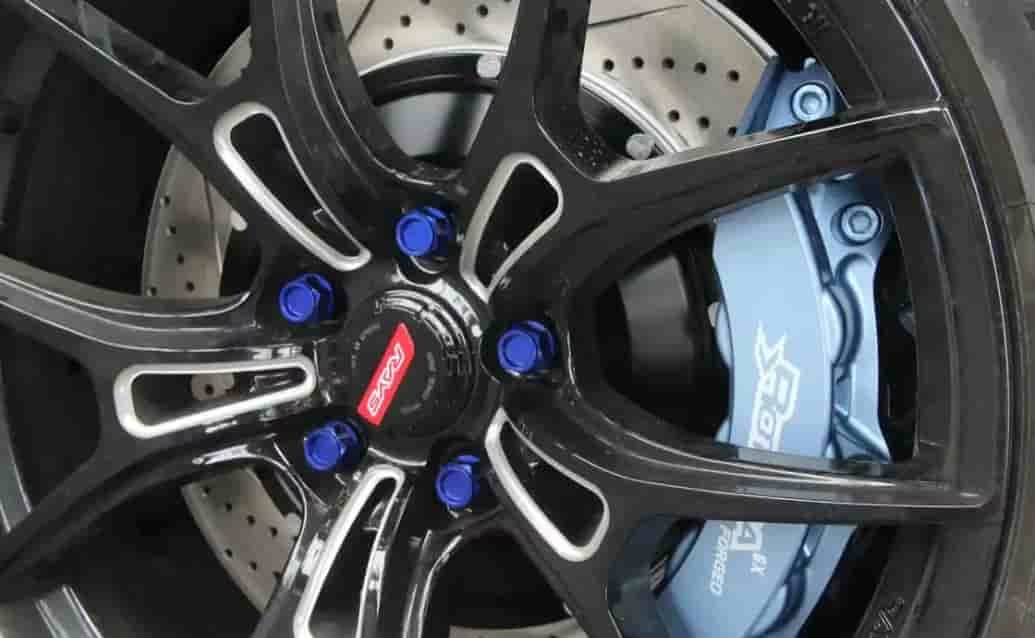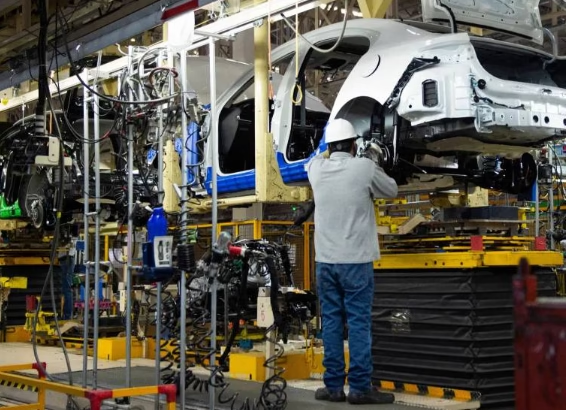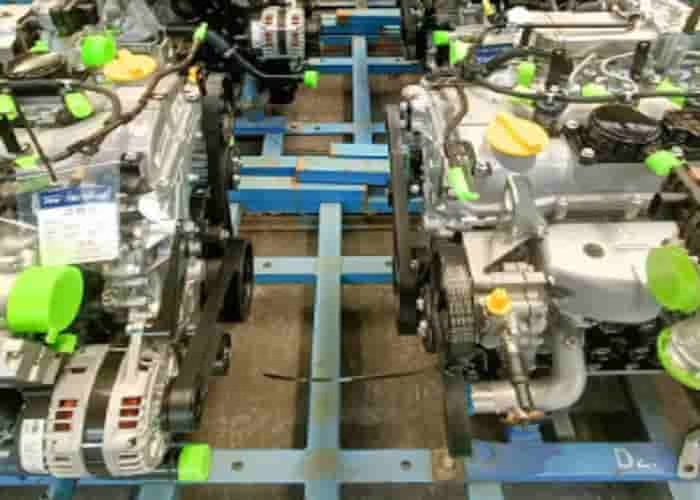Introduction to the advantages and disadvantages of front-wheel drive and rear-wheel drive. As the name suggests, front-wheel drive refers to a front-wheel drive vehicle. The engine of this type of vehicle is usually installed horizontally and installed at the front of the vehicle together with the gearbox. It is a power distribution method in which the engine only drives a pair of front wheels.
Rear-wheel drive refers to a rear-wheel drive vehicle. The power of its engine only drives the power distribution method of the rear wheels. Usually, rear-wheel drive vehicles on the market are front-rear drive.
Advantages and disadvantages of front-wheel drive/rear-wheel drive 1. Advantages and disadvantages of front-wheel drive
The engine of a front-wheel drive vehicle is just above the front wheel. It does not require a drive shaft, rear drive shaft and rear gearbox transmission system. Its transmission and differential are assembled in a housing, with fewer and more concentrated components, and the space in the cab is more spacious; and because power transmission directly reduces losses, the operating efficiency is higher, and fuel economy is also improved; the front of the engine and other assemblies increases the load on the front axle, improves the handling stability of the car at high speeds and the directional stability during braking; in addition, it is light in weight and low in cost. The most direct benefit is economical.
However, since the main components such as the drive system are concentrated in the front of the vehicle, the top is heavy and the rear wheels can easily lose grip, especially on slippery roads; since the front wheels are responsible for both steering and driving, they are inherently understeering, and understeering is particularly obvious when cornering at high speed; the front wheels of front-wheel drive vehicles are responsible for both driving and steering, and because the front weight of the vehicle is large, the wear of the front wheels is more serious, and the burden on the front axle is too heavy when accelerating or braking, and the head-up and nodding phenomenon is more obvious, affecting the comfort of riding.
2. Advantages and disadvantages of rear-wheel drive vehicles
The rear-wheel-driven vehicle allows the front wheels to focus on steering work, so the vehicle response is more agile and has good controllability when steering; in addition, the center of gravity of the vehicle must be moved backward when starting and climbing, and the rear wheels as driving wheels have enhanced grip, providing better driving stability and comfort. At this time, the advantages of rear-wheel drive vehicles over front-wheel drive vehicles are more obvious; the layout of the control mechanism and the structure of the steering mechanism are simplified, which is convenient for vehicle maintenance and repair.
However, the disadvantages of rear-wheel drive are also prominent. The engine power is transmitted from the transmission shaft to the rear axle to drive the rear wheels to rotate. The action distance is relatively long, which is bound to consume some power. In addition, since the transmission shaft, rear axle and other powertrains will occupy more space in the car, it will cause problems such as the bulge in the middle of the car floor; rear-wheel drive vehicles have many parts and complex assembly, and the production cost is relatively high; in addition, rear-wheel drive vehicles are very problematic for driving on icy and snowy roads in the north, and the strong push of rear-wheel drive on the curb will cause certain damage to the front wheels; the power loss is bound to be greater than that of front-wheel drive vehicles. Generally, rear-wheel drive vehicles waste more oil than front-wheel drive vehicles.
Which one has better handling performance, front-wheel drive or rear-wheel drive
1. Acceleration performance: rear-wheel drive wins
You can imagine this more extreme situation. For example, when launching from 0-100km/h, the center of gravity of the vehicle moves backward and the front wheel has insufficient grip. Therefore, front-wheel drive vehicles are more likely to accelerate and slip, while rear-wheel drive vehicles are just the opposite. The vehicle is more likely to quickly obtain driving force.
▼When accelerating sharply, the center of gravity of the vehicle moves backward
2. Cornering: Each has its own shortcomings When cornering quickly, front-wheel drive vehicles are more likely to have a “push head” phenomenon due to the heavier front position, which is the legendary understeer. Rear-wheel drive vehicles are prone to “swinging tail”, that is, oversteer, or “drifting” you will be more familiar with. Therefore, rear-wheel drive vehicles are capable of drifting. Of course, it is very important to master the angle and strength.
But the question is again, how many of us ordinary people drive and reach the speed of “push head” or “swing tail” when cornering? Moreover, ESP, which is now becoming standard, is to a large extent to improve the “push head” or “swing tail” phenomenon.
3. Uphill: rear-wheel drive wins
To put it simply, the front wheel grip weakens when going uphill, so the driving force of the front-wheel drive vehicle will be weakened accordingly, which may cause slipping. On the contrary, the rear wheel grip is stronger, and the rear-wheel drive vehicle will start more calmly on the slope at this time.
4. Driving on snow: front-wheel drive wins
The specific principle is related to the friction limit theory of tires, which is relatively complicated and will not be elaborated here. The conclusion is that on roads with low friction and easy to slip, rear-wheel drive cars are more difficult to control than front-wheel drive cars.
However, with the widespread application of electronic systems such as anti-skid systems (ASR) and ESP, the stability of rear-wheel drive cars has been greatly improved.
5. Daily driving: rear-wheel drive wins
Since rear-wheel drive models can distribute the weight of the car more evenly to the front and rear wheels, the center of gravity of the vehicle is closer to the middle position than that of front-wheel drive cars. Many BMW models can achieve a 50:50 front and rear weight ratio, so in daily driving, stability and controllability are better.
Editor’s summary: Whether a car chooses front-wheel drive or rear-wheel drive is determined by many factors such as performance, structure and cost. We cannot simply say that rear-wheel drive is definitely better than front-wheel drive.












Leave a Reply